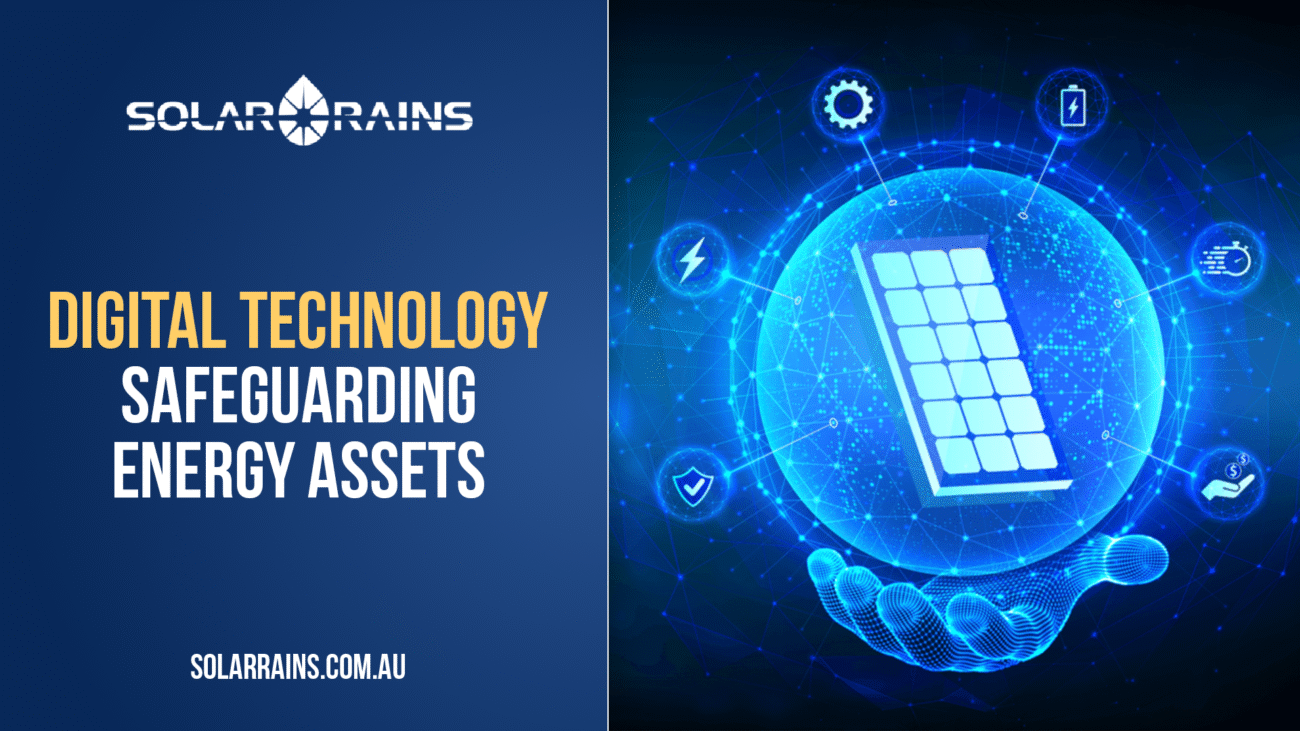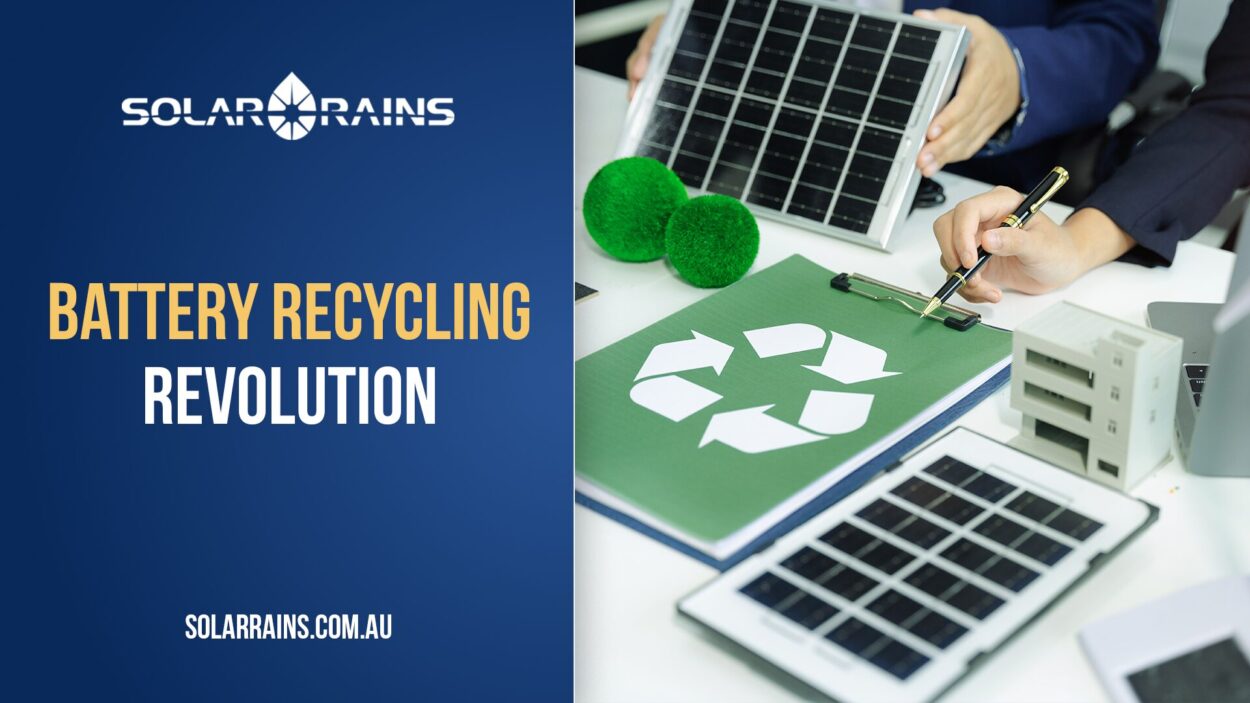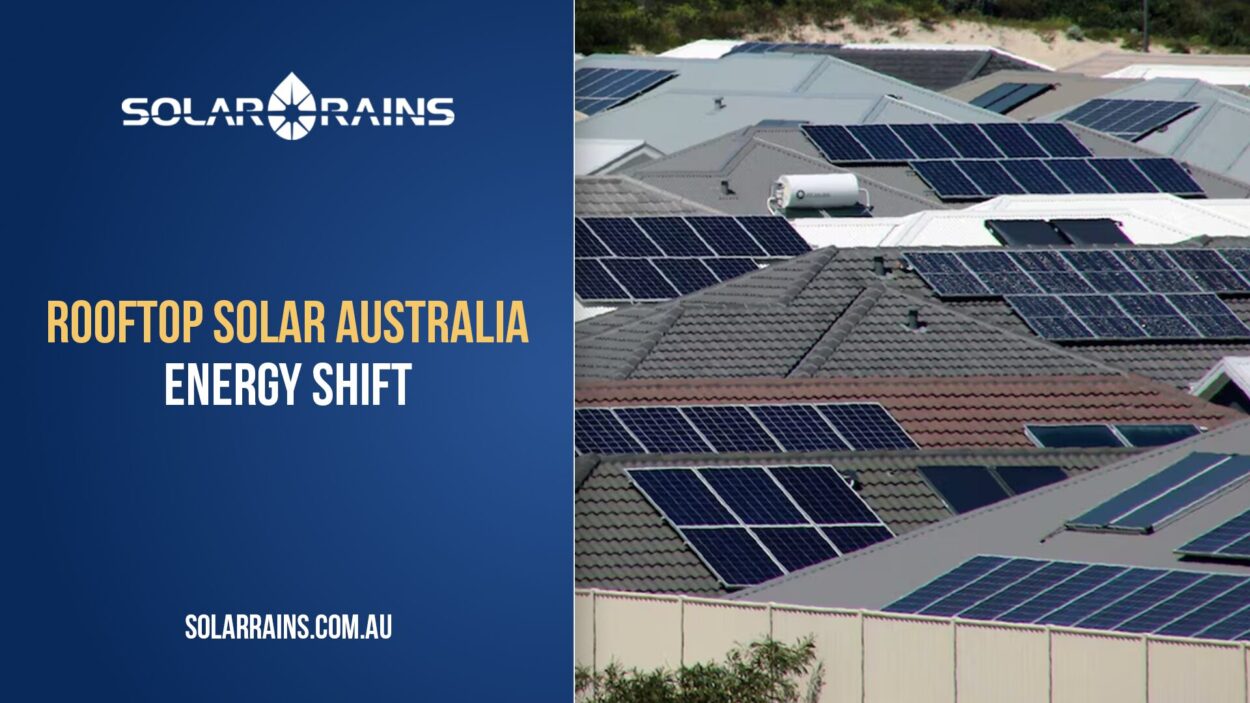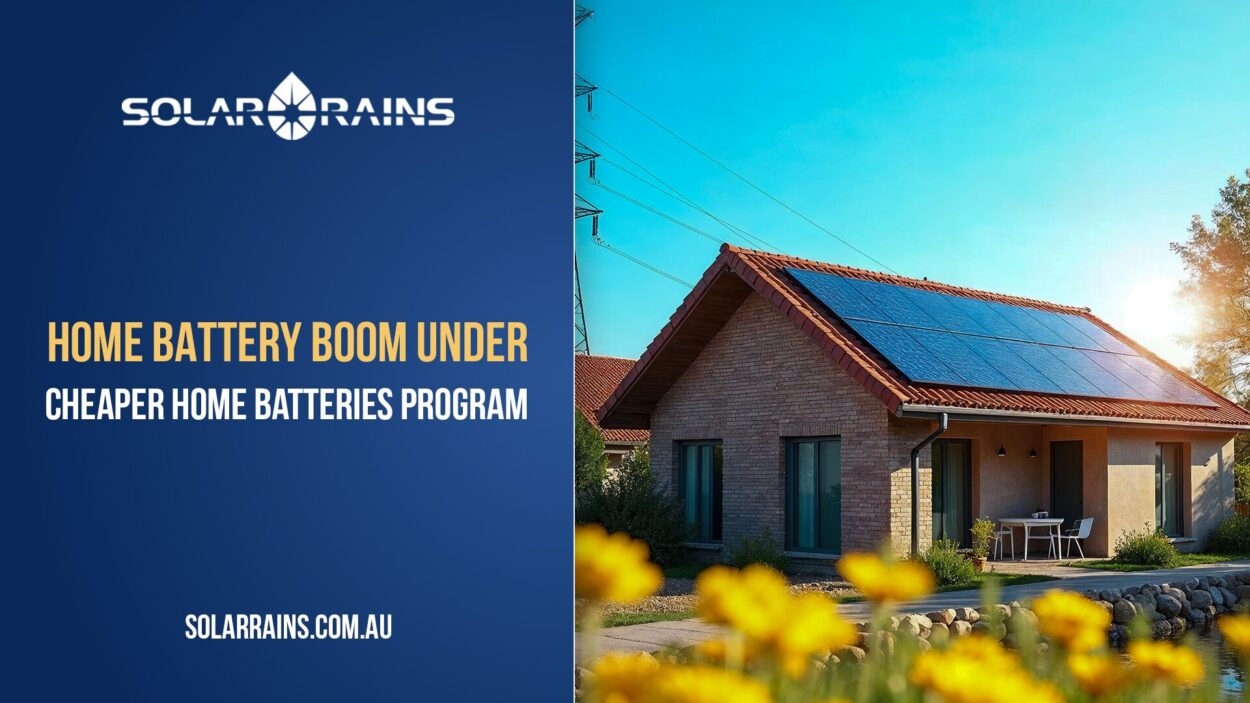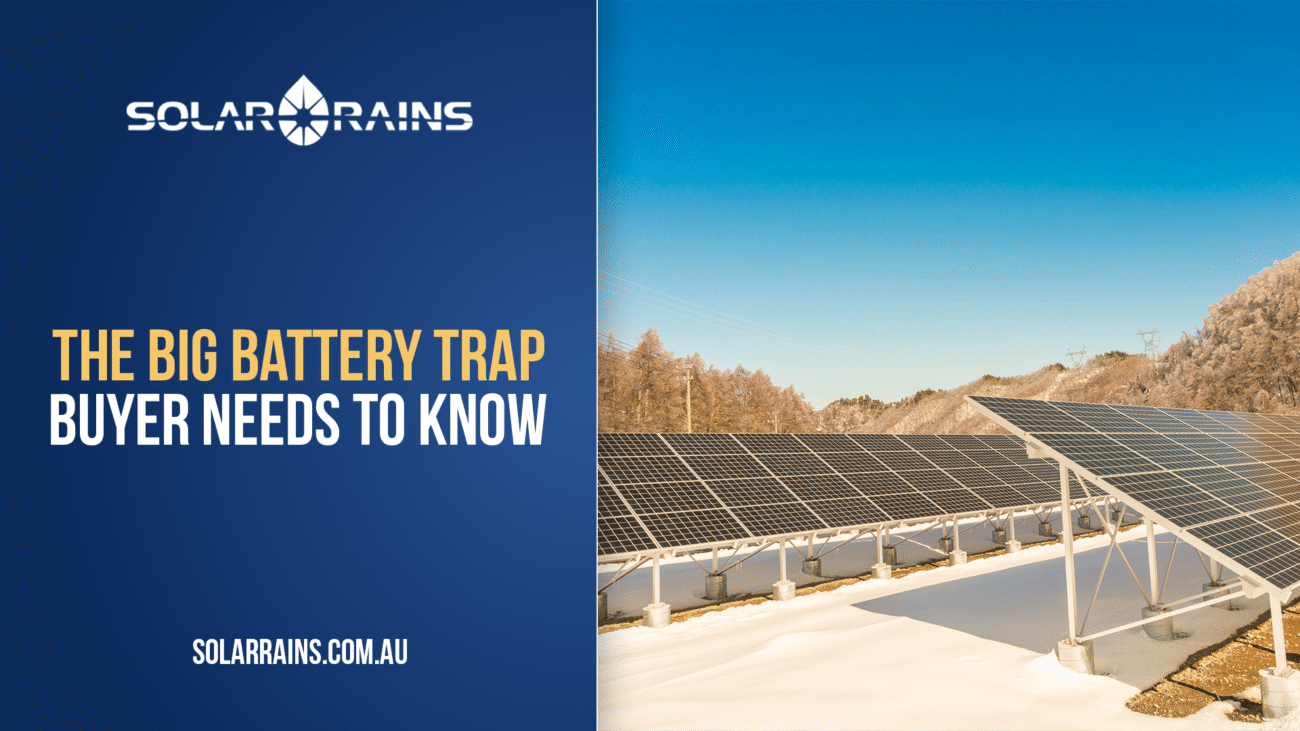Introduction: Why Risk Management Matters for Solar Batteries
As Australia’s solar battery market expands rapidly, driven by decarbonisation, government incentives, and demand for energy resilience, new risks emerge. While solar power suppliers focus on system design and product quality, securing digital infrastructure and physical assets is becoming equally vital.
Recent events have underscored how critical infrastructure, including solar battery systems, are vulnerable not just to physical damage but also to sophisticated cyber threats, climate events, and supply chain disruptions. According to Clean Energy Council data, Australia now has over 250,000 home battery systems installed, each with networked components potentially exposed to cyber risks.
That’s why it’s time for energy providers, battery installers, and solar power suppliers to take a fresh look at resilience. Digital technology plays a pivotal role in this shift.
Understanding the Risks to Solar Battery Infrastructure
Cybersecurity Threats
Australia’s energy sector faces growing cyber risks. In 2024, one major Australian provider warned that a single cyberattack could cause up to USD $2 billion in daily losses. For solar battery infrastructure—which often relies on cloud platforms and remote monitoring, this is a serious threat.
Threat actors may:
- Hijack inverters or battery controllers to disrupt grid operations.
- Breah monitoring portals and customer data.
- Trigger blackouts or overload circuits.
Environmental Hazards
Solar batteries, especially large-scale or community systems, face increasing exposure to natural disasters such as:
- Bushfires (e.g., 2019–2020 fires damaged multiple PV arrays).
- Floods and heatwaves.
- Coastal corrosion and wind damage.
As climate patterns intensify, robust asset protection is no longer optional.
Operational & Compliance Risks
With supply chain issues, increased compliance obligations (e.g., AS/NZS 5139, AS/NZS 4777), and labour shortages, system downtime or non-compliance can lead to:
- Warranty voidance.
- Safety violations.
- Revenue loss.
Digital tools help mitigate these threats systematically.
Adopting an All-Hazards Approach
The Australian Cyber and Infrastructure Security Centre (CISC) advocates for an “all-hazards” resilience strategy, integrating protection against:
- Human-induced events (e.g., cyberattacks, sabotage).
- Natural and environmental disasters.
- Internal risks (e.g., software errors, poor asset tracking).
Energy providers, solar battery wholesalers, and solar product installers should assess:
- Site-specific risks (urban vs rural).
- Technology vulnerabilities.
- Response capabilities.
How Digital Technology Strengthens Resilience
1. Real-Time Threat Intelligence
Using digital platforms with live threat feeds (cyber & environmental), providers can:
- Anticipate potential breaches or outages.
- Issue alerts to affected zones.
- Minimize response time.
Platforms like Noggin offer threat dashboards integrating:
- BOM weather alerts.
- Energy grid stress notifications.
- System security scans.
2. Risk Management Dashboards
Modern energy management systems consolidate:
- Solar battery asset maps.
- System health scores.
- Cyber risk indicators.
This enables:
- Ongoing risk profiling.
- Visual heat maps of high-risk zones.
- Coordinated updates between engineering, legal & compliance teams.
3. Incident Response Automation
Time is critical during a battery failure or cyber event. Digital tools can:
- Trigger predefined workflows for inverter shutdown or isolation.
- Notify teams via email/SMS.
- Log actions for regulatory reports.
Solar suppliers who offer advanced platforms also help clients meet Clean Energy Regulator requirements more easily.
4. Compliance & Vulnerability Tracking
Digital asset management tools support:
- IEC 62619 & AS/NZS 5139 compliance tracking.
- Maintenance logging.
- Battery degradation forecasts.
These features are essential for commercial and wholesale-scale solar battery systems, especially for ongoing performance warranties.
5. Physical Security Integration
High-value solar batteries (e.g., 15–100kWh commercial units) face physical risks such as vandalism or theft. Integrated security platforms enable:
- Remote surveillance.
- Access control systems.
- Maintenance crew ID logging.
Solar Rains, as a solar product wholesale supplier, encourages installers to integrate security measures into large battery deployments—especially in isolated areas.
Industry Use Case: Supporting the South Australian Grid
As South Australia pushes toward 100% renewable generation, the role of large-scale solar battery systems (e.g., Tesla’s Hornsdale Power Reserve) becomes crucial.
These projects leverage:
- Remote diagnostics.
- Predictive analytics for battery state-of-charge (SoC).
- SCADA system cybersecurity.
Private solar suppliers and smaller commercial installations can adopt scaled-down versions of these technologies to improve local grid resilience.
Future-Proofing Energy Assets Through Digital Investment
The next 5 years will see:
- Mandatory cybersecurity audits for large-scale installations.
- Insurance incentives for digitally secure battery systems.
- Growth of VPPs (Virtual Power Plants), which require cloud-based orchestration of batteries.
Whether you’re a residential installer, solar battery brand, or commercial solar supplier, integrating digital resilience tools now ensures regulatory compliance and competitive advantage later.
FAQs: Digital Resilience & Solar Battery Infrastructure
Even small hybrid systems can be accessed remotely. If unprotected, cybercriminals could disable or misuse your inverter, affecting power delivery and safety.
For systems >5kWh or commercial setups, yes. Software platforms help monitor performance, schedule maintenance, and comply with Australian Standards.
Without conduit protection and digital fault isolation, yes. Smart monitoring can help shut down high-risk components and prevent further damage.
Some state programs (e.g., SA’s Home Battery Scheme) value safety and compliance, advanced systems may earn more support. Check local policies or talk to your solar supplier.
We recommend:
– Secure hybrid inverters with encrypted data transmission.
– Installation with surge protection and fire-rated conduit.
– Regular firmware updates for all smart devices. For enterprise clients, ask about our custom monitoring system bundles.
Conclusion: Building Resilience Together
Australia’s energy future depends not just on solar battery adoption, but on safeguarding these systems against evolving threats—from cyberattacks to extreme weather. Whether you’re installing a 6kWh home battery or a 100kWh commercial system, resilience must be baked in from day one.
Digital tools are no longer a luxury, they’re the backbone of reliable, efficient solar infrastructure.
At Solar Rains, we believe in powering Australia smarter and safer. Explore our solar battery solutions or talk to our team about integrating digital risk management in your next project.

